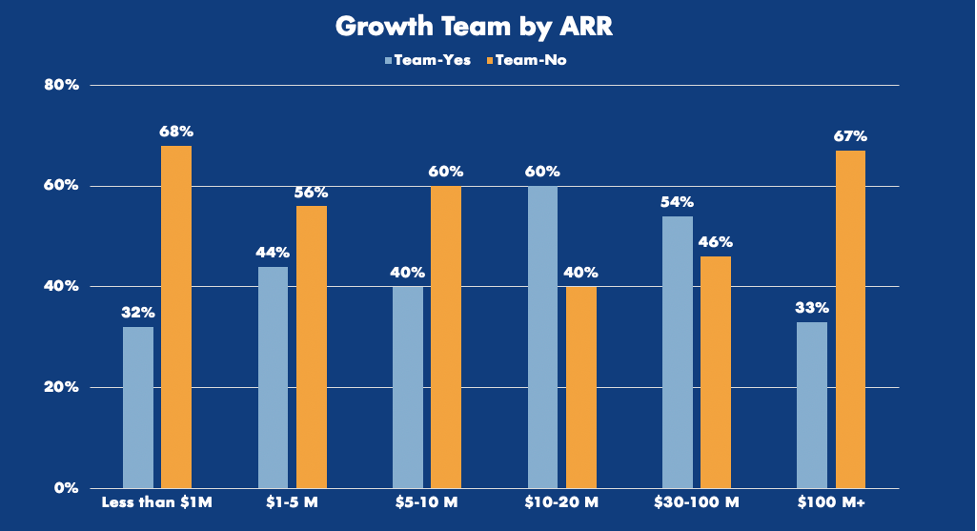Writing our way out of the place we’re in is tricky. The words come easily enough, each measured for its emotional weight in the stream of issues we face. It’s possible this paragraph will disappear as I find my ground. Mandates, Cuomo, Olympic mental gymnastics, where we were two weeks ago and how it relates to right now. Let’s triangulate: forget Trump. Forget the Republicans and progressive Democrats who together slow down passage of the bipartisan infrastructure bill. Forget the evasions and half truths, the talking points to fill up the airtime until the actual rubber meets the road.
Don’t forget the brave athletes who dare to fail for the greater safety of their colleagues. Celebrate the public servants and the difficult personal choices that lead us to honesty, empathy, resolute choices that will draw distinctions between malignant fraud and real outcomes at the ballot box. If politicians refuse to answer questions, draft laws to weed them out of the process itself. Hold the media to the fire they pretend to examine in their choices of coverage, debate, and commercial breaks.
We’ve been having an argument about the time delay between recording a show and releasing it here on Techcrunch in a post-produced fashion with music added, Sneak Peeks produced to promote the show, and a post somehow related to the context of the show two or so weeks ago. In generating the text, I’ve noticed the time delay serves a useful purpose of diluting the realtime urgency of the conversation with what ends up being a healthy dose of context derived from what actually happened. The news is always rendered as the first draft of history, but the constant need for ratings creates this underlying pressure to convert stories from insight to controversial clickbait.
Marshalled through this take-the-foot-off-the-gas filter, the black and white becomes more shades of gray, less subject to the attitudes of the individual Gang members and more attuned to the sense of the group as a whole. Take the perennial struggle between social media giants and antitrust pressure to regulate the worst aspects of the social storm. One side decries attempts to rein in the success of these companies in building audiences and unparalleled power in the marketplace — a version of “If it’s not broke, don’t fix it.” The other side says it is indeed broke, and needs to be fixed by breaking up these new monopolies born of user satisfaction with the stream of commentary, sarcasm, and family news. Or perhaps the battle lines are drawn around individual rights versus the collective good, as with the struggle to get COVID under control via vaccination mandates. In the middle between these hard-coded partisan stances is potentially something gentler than being right and more powerful in its sense of compromise.
In the case of mandates, the subject comes up every show. The immediate news may be New York City’s new rules governing vaccinated access to indoor restaurants, gyms, and entertainment events, but the larger abstraction is the divide between the federal government’s lack of power to effect a countrywide mandate and the politics of governors in the Red states pushing back on any mandates, most egregiously outlawing local governments from protecting their citizens from the impact of the unvaccinated. Two weeks ago, nothing seemed possible to alleviate any aspect of the crisis. Today, the New York move may encourage more people to act now to protect themselves; the data shows a doubling of new vaccinations in the most impacted states. In turn, the media includes this promising data in their stories, pushing the more partisan memes to the edges of the coverage. The net result is a more flexible narrative that speaks to the old fashioned idea that government can actually get some things done, which in turn helps promote less of the distrust that fuels many of the vaccine hesitant.
Getting back to the new normal drives most of the mandate discussion. The pandemic’s acceleration of digital transformation seems to reflect a growing understanding that we’re not going back to post pandemic anytime soon. Instead, there’s the realization that what we’re thinking of as survival is a foreshadowing of how we’ll live both at work and at home. We talk about our creative heroes on the show, many of whom became household names streaming through the stages of public performance and media networks. Streaming has roiled both Hollywood and the news networks, whose business models and value propositions are under attack from the tech social networks. Facebook talks of video now consuming more than 50 percent of time on its network. Amazon’s advertising revenue is growing rapidly as a counter to Google and Facebook’s control of the advertising markets. Digital advertising is consuming the linear broadcast Upfronts marketplace.
We talk often about the creator economy, a self-important waving of the media red flag in the face of the mainstream media’s bull. The Information, a subscription-fueled tech journal, looks like what the newsletter startups Substack and Twitter Revue will look like when or if they grow up. The social audio Clubhouse clones offer a similar promise of escaping the long tail into viable competition for the Fox, CNN, and MSNBCs of the realigning media companies. On each end of the spectrum, the promise of success runs into the overblown reality of too many hours in search of useful differentiation or unrealistic odds of escaping the noisy underbelly of unprofessional media.
If the numbers don’t seem to add up for the creators, neither do they for the social networks. Once the feature wars settle down, you’ll see a fragmented array of star writers on Substack and Facebook and very little outlet for influencers and talent to bubble up. Corporate adoption of these tools might prove a growth opportunity for enterprise versions. Is that enough to keep tech in the game? Maybe two weeks from now we’ll know.
from the Gillmor Gang Newsletter
__________________
The Gillmor Gang — Frank Radice, Michael Markman, Keith Teare, Denis Pombriant, Brent Leary and Steve Gillmor. Recorded live Friday, July 23, 2021.
Produced and directed by Tina Chase Gillmor @tinagillmor
@fradice, @mickeleh, @denispombriant, @kteare, @brentleary, @stevegillmor, @gillmorgang
Subscribe to the new Gillmor Gang Newsletter and join the backchannel here on Telegram.
The Gillmor Gang on Facebook … and here’s our sister show G3 on Facebook.

Source: Tech Crunch













